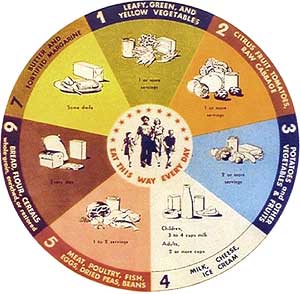gov
Anti-Hero
Fantastic post on Demos on the importance of building power vs charity. I hate to give away the punchline (it's a short post—go read it now) but this really nails it:
“Certain kinds of everyday heroism will always be important and unavoidable, but the goal of a set of social institutions should be to destroy as many opportunities for heroism as possible. Heroism is only possible where some kind of tragedy is imminent. But a good social system snuffs out avoidable tragedies before they even have a chance of approaching imminence. In many cases therefore, the existence of heroism is actually a deeply troubling symptom of overall political dysfunction. It should not be met with adoration, but with horror and concern.”
I see this in design activism all the time. For instance, everyone loves when designers step up with charity. But there's important work for designers also in helping to build infrastructures (social, political, physical) to mitigate the impact of disasters in the first place.
Foundations
From a recent review of the 2006 anthology The Revolution Will Not Be Funded:
‘Because the [Non-Profit Industrial Complex] looks for “measureable” outcomes, the people we hope to serve and love become “clients”, “constituents”, “customers” and “contacts” rather than brother and sisters or neighbors. We begin to fetishize people. We pity them. We begin to believe that they need our unique service and that they have nothing of value to share with us. The more of “them” we see or help as a non-profit, the more funding we receive. This dichotomy—between “us” and “them”—is just one such disastrous and unintended consequence of the NPIC.’
There’s been some really excellent critique of the White Savior Industrial Complex around the web these last few months, but not quite as much on how much these assumptions are baked into, and facilitated by, the legal and regulatory regime of civil society and its funding.


